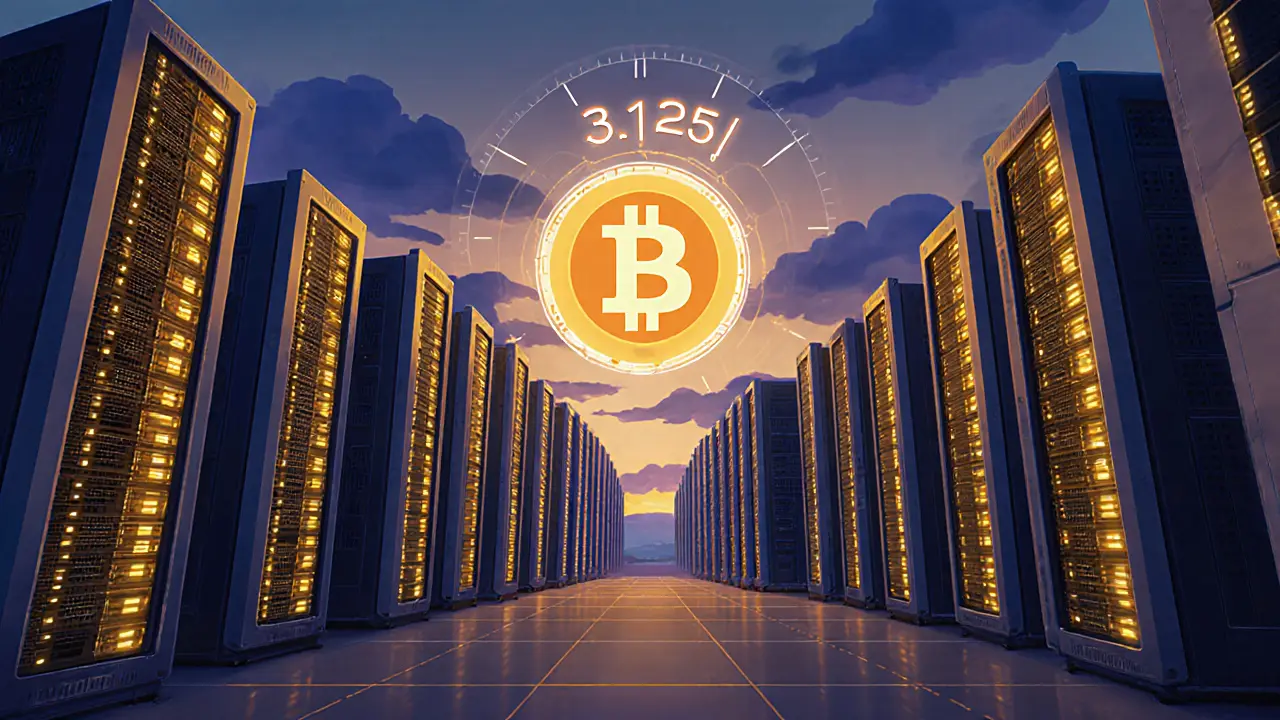Mining Reward: How Crypto Miners Earn Value
When working with Mining Reward, the payment miners receive for successfully adding a new block to a blockchain. Also known as block reward, it fuels the security and token issuance of many networks. Understanding this payment is the first step before you explore any of the guides below.
Key Factors Shaping Mining Rewards
The most common mining reward comes from Proof of Work, a consensus method where miners solve computational puzzles to validate transactions. This method requires significant hash power, and the reward amount is set by the protocol. In simple terms, the more hash power you contribute, the higher the chance you’ll claim the reward for a given block.
Hash rate, measured in hashes per second, directly influences how quickly a network can find blocks. When the Hashrate, the total computational power of all miners in a network rises, the difficulty adjusts upward to keep block times stable. Higher difficulty means each miner’s share of the reward gets smaller unless they upgrade their equipment.
Enter ASIC Miner, Application‑Specific Integrated Circuit devices built solely for mining specific algorithms. ASICs boost hash rate per watt dramatically compared with GPUs or CPUs, making them the go‑to hardware for Bitcoin and many SHA‑256 coins. Because ASICs increase individual hash power, they can capture a larger slice of the mining reward pool.
Reward schedules aren’t static. Most major PoW chains halve their block reward at regular intervals—Bitcoin every 210,000 blocks, for example. These halving events shrink the reward per block while transaction fees often rise to keep miners incentivized. The Chinese mining exodus of 2021‑2022 illustrated how a sudden drop in regional hash power can alter the global reward landscape, pushing miners to relocate to places like Kazakhstan or Texas.
Besides the base block reward, miners also earn transaction fees attached to each block. As block rewards decline, fees become a larger portion of total earnings, especially on congested networks. This dual‑reward system means miners must consider both block subsidy and fee market dynamics when evaluating profitability.
Reward structures can attract other activities, such as airdrops or token‑minting games. However, a true mining reward comes from solving PoW puzzles, not from promotional token drops. Distinguishing genuine mining income from airdrop hype helps you avoid scams and focus on sustainable earnings.
Now that you’ve got a clear picture of how mining rewards work—what drives them, which tech influences them, and how they evolve over time—you’re ready to explore the detailed articles below. From exchange reviews to airdrop guides, each post builds on this foundation and shows real‑world applications of mining economics.
2025 Block Reward Comparison of Major Blockchains
Explore how block rewards differ across Bitcoin, Monero, Dogecoin, ECASH and more. Learn reward schedules, mining hardware needs, profitability tips, and future halving impacts.
